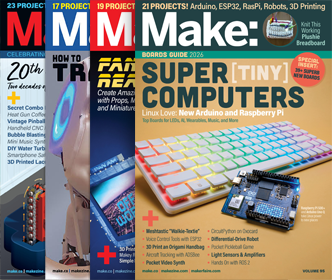My father recently drew my attention to an article in IEEE Spectrum about the so-called “Zink” printing technology commercialized by a group of former Polaroid employees. Zink, an acronym for “zero ink,” uses special paper with three layers of embedded dye crystals activated by heaters in the print head. Solely by controlling the temperature and duration of heat pulses delivered by the print head, the yellow, magenta, and/or cyan layers may be selectively activated. It is essentially a refinement of the black-only thermal printing technology commonly used, for example, in cash registers and label makers. By eliminating the requirement for ink or toner, Zink promises to produce dramatically smaller and more portable color printers, and has already been incorporated in several “digital polaroid” style cameras with integral photo-printers, such as the Polaroid PoGo Instant Digital Camera. [Thanks, Dad!]








